The complex, abstract sculptures built by Leonardo Drew erupt and expand into their surroundings. His work challenges gravity and disrupts the normal conventions of time and space. Leonardo Drew’s superior craftsmanship conveys a sense of contained energy and chaos that is reflected through explosions on walls by using a combination of painting and sculpture, tactile and textured. The complex designs require months of assembly and collage, including stacking, layering and building. Drew’s work alludes to America’s industrial past, transforming raw materials accumulations to demonstrate overlapping themes ranging from the cyclical essence of life and decay to the deterioration of time.

Leonardo Drew (1961) was born in Tallahassee, Florida and raised in Bridgeport, Connecticut. His sculptures are made of wood, rusted iron, cotton, paper, and mud with which he deliberately subjects to processes of weathering, burning, oxidation and decay. Drew’s work reflects the memories of his childhood environment, from the housing complex where he lived in to the nearby landfill. His pieces challenge the architecture of the room in which they’re shown, reaching beyond what is comfortable and finding meaning along the way.
Drew’s latest work Number 258 is a perfect example of his three-dimensional, wall-hung sculptures. The sculpture is currently being loaned to the Eskenazi Museum at Indiana University. Drew uses a variety of raw materials combined with washes of paint and gresso, creating sculptures that represent themes of balance and turmoil. His work illustrates new directions of sculptural practice that have evolved to include fluid waves and spirals. Drew’s art is revolutionary and ever-changing, and is use of wooden elements portrays texture and motion in thrilling alternative forms.
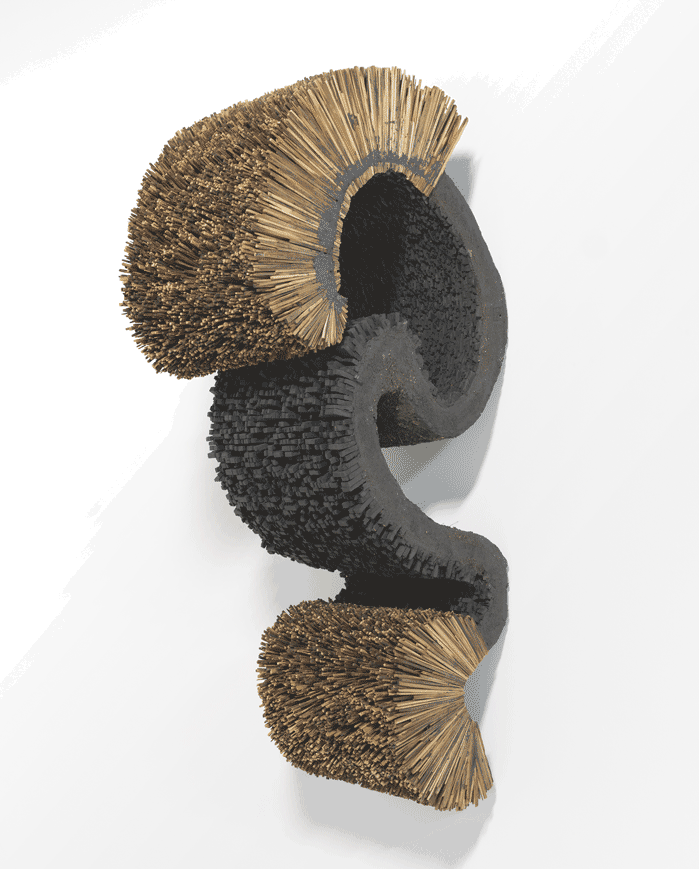
Number 197 developed by Drew in 2017 was an organized arrangement of wall-mounted sculptural elements intended to respond to San Francisco’s de Young Museum’s landmark architecture. In this sculpture, Drew uses a variety of off-the-shelf materials, such as wood, cardboard, paint, paper and plastic, with scavenging objects such as branches and tree trunks. He produces an illusion of burned, rotted and rusted materials and combines them to create tones, almost like key notes in music. Number 197 covers the entire lobby at the de Young Museum, making it Drew’s largest piece to date. The three walled piece provides a perfect three-point perspective, displaying the history and impact of art.
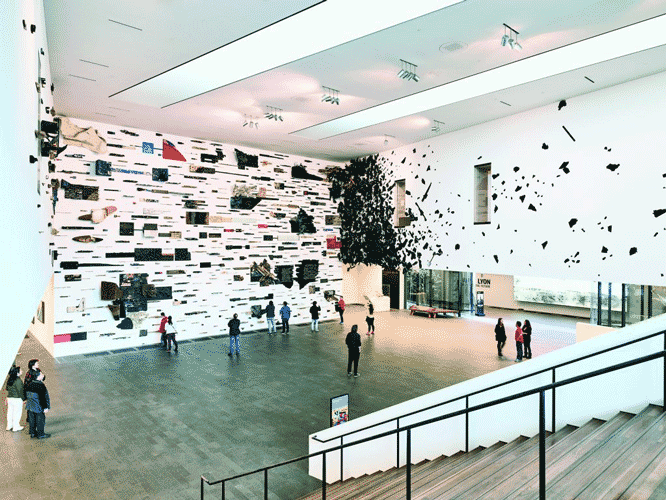
In 2019, Drew was commissioned for an outdoor installation for the Madison Square Park Conservancy, marking his first major public art project, but not his first work for social good. City in the Grass is an aerial view of an imaginary city atop a patterned mosaic. The piece, which spans more than 100 feet across the Oval Lawn, is based on photographs of New York taken from an airplane. Colorful metals are arranged in patterns to resemble a massive Persian rug in motion. Towers emerge from the framework, evoking the theatrical fantasies of The Wizard of Oz. Drew’s multilayered project integrates layers of materials while referencing home, warmth, and refuge through the metaphor of a torn carpet. Viewers are able to gaze at City in the Grass as if they are giants inspecting the landscape, embedding themselves within the sculpture’s fabric.
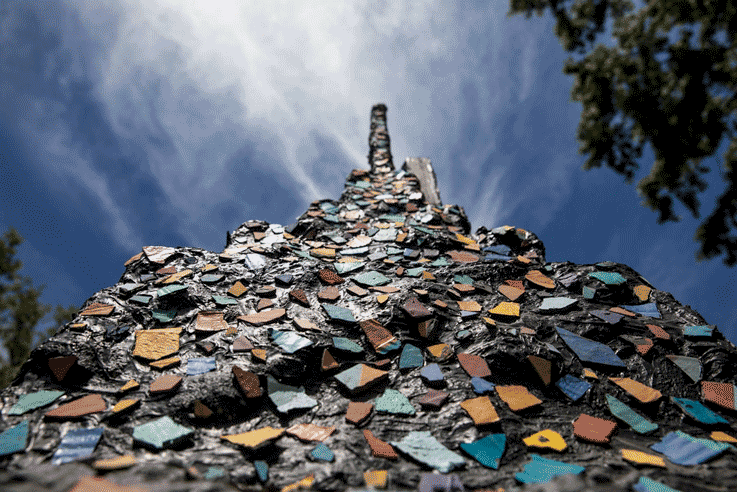
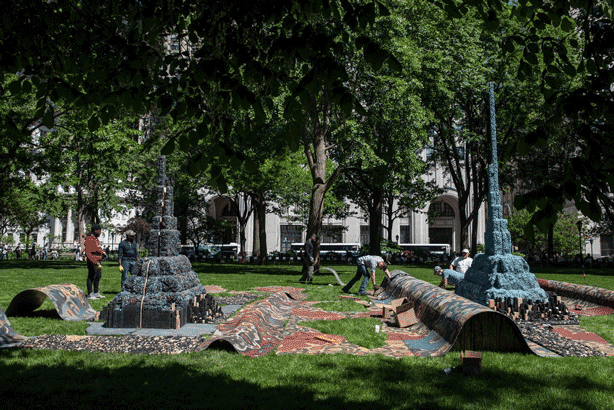
Number 74S is a truly unique piece from 2019. Drew creates a body of work made entirely from compacted cotton, stacked and shaped into an abstract hybrid of painting and sculpture. Its labor-intensive process of creation and its material invite multiple interpretations on manual labour and American history. The commodity harvested by numerous oppressed African slaves is put on the big screen by Drew to remind viewers of the suffering and exploitation, portraying the reality of racism past and present. Cotton holds an important historical purpose in social commentary and activism, and Drew confronts the material head on.
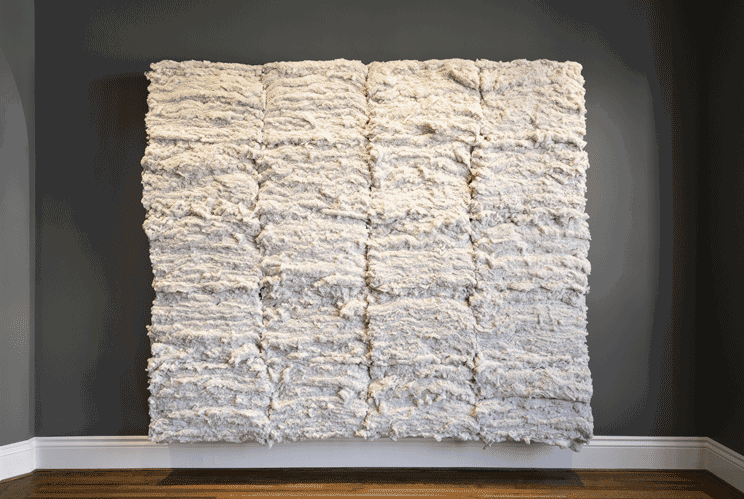
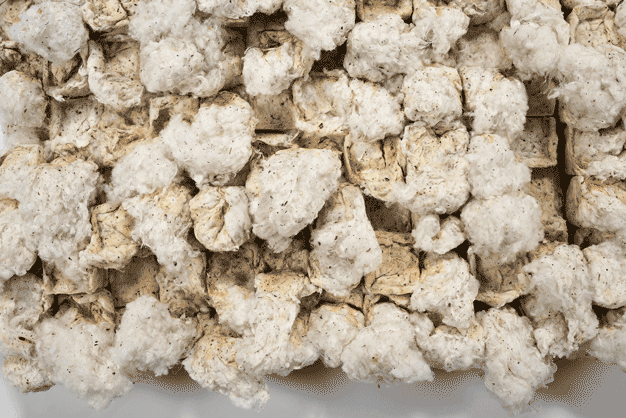
Leonardo Drew’s breathtaking craftsmanship delves into existential, social, and environmental concerns. His work defies categorization, exploring the eternal processes of decay, rebirth and transformation. Drew’s art is all about the experience, establishing a metaphysical connection between the viewer and the artwork that resonates with the same version of what he went through to create it. His contemplative abstract works approach their own vocabulary, embodying the laborious task of writing oneself into history.
For more information on Leonardo Drew's work, visit http://leonardodrew.com/
